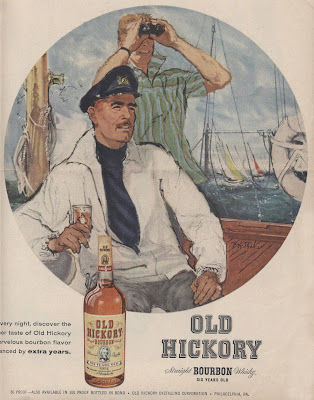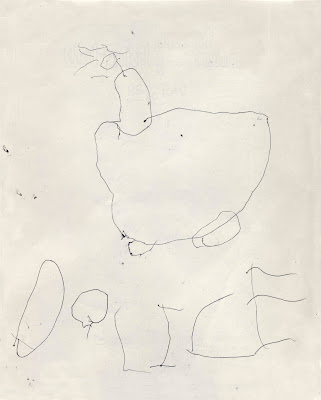
Some images from The Prince of Egypt this week: Final frame from the film. Painted background columns. Color key painting: The Backgrounds were painted in sections so they cold be reused in other scenes. The columns were difficult to paint and they seemed never ending; if we'd had photoshop back then they would have taken a fraction of the time. But I am glad to have learned the discipline with acrylics, I liked the all or none nature of the medium. You had to nail it on the first pass (though you could touch up with some glazing). Each column was masked off with tape and painted wet on wet with no air brushing.





